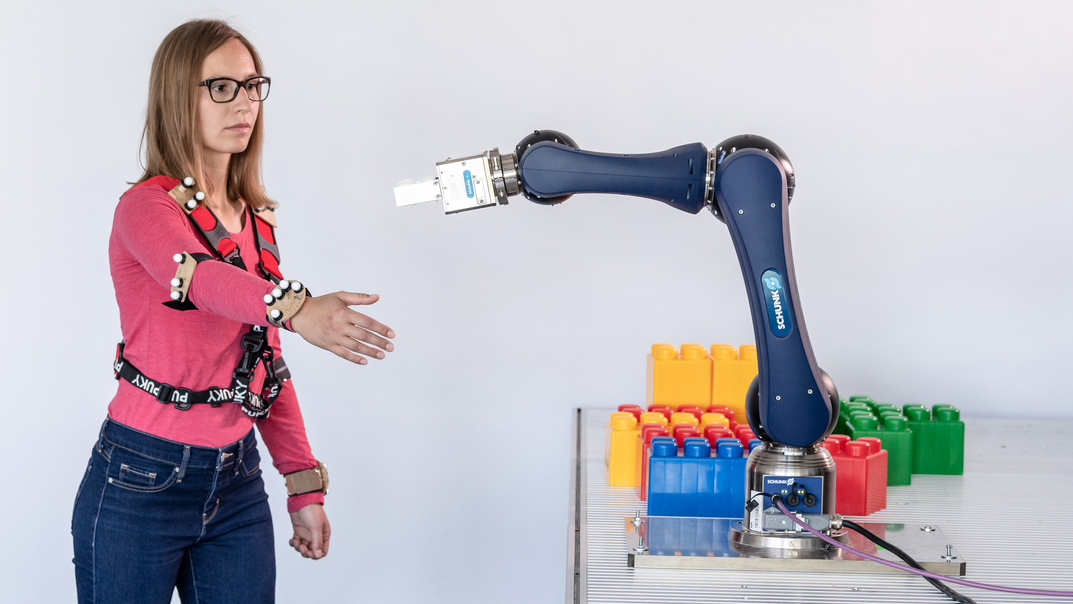Robotics and Autonomous Systems

Robotics and Autonomous Systems has strong expertise in robot design and control, neuroscience, and biomechanics. We address robotics through an interdisciplinary approach and in direct collaboration with the departments of Mechanical Engineering, Electrical and Computer Engineering, and Medicine.
Robotics is considered one of the fastest growing research areas. In addition, it is considered a key technology for solving the upcoming problems of the aging society with regard to medical care and age-appropriate assistance systems for a self-determined life (AAL). It is particularly important that humans and robots can work and interact seamlessly together. The autonomy of technical systems such as cars, transport systems, assistance robots for AAL, energy production and distribution is also a necessary prerequisite for solving technological and social problems of our future.
Mission & Goals
The entire field of Robotics is by its very nature a scientific and technical domain where progress is fostered by interdisciplinary research and scientific cooperation. Its progress is furthermore characterized by the close collaboration of scientists and engineers. The goal of this research is to provide a framework to facilitate this kind of interdisciplinary collaborative work, where scientists of diverse fields such as Computer Science, Mathematics or Psychology are interacting with engineers of all types, notably with Electrical Engineers.
- Bundle expertise on methodological foundations and technologies to achieve long-term autonomous and interactive behavior in robotic systems.
- Achieve innovation beyond boundaries of traditional disciplines, bring interdisciplinary research from cognitive science, psychology, neuroscience
- Take on challenges in the realization of truly integrated autonomous robotic systems for the benefit of societal needs.
Core Competencies
- Audio-visual signal processing for autonomous and interactive systems
- haptics and haptic communication; pattern recognition and information retrieval
- probabilistic and adaptive methods for modeling, estimation and control, reasoning and decision making under uncertainty
- numerical methods for optimization, data analysis and machine learning
- human-machine communication and interaction, social robotics and affective computing
- mechatronics and software engineering
Martin Buss, Prof. Dr.
Sami Haddadin, Prof. Dr.-Ing.

Gerhard Rigoll, Prof. Dr.
Research
- Environment and human modeling, perception, and understanding
- Machine learning, artificial intelligence and cognitive architectures in robotics
- Neuronal models for sensory perception, reasoning and system control
- Autonomous robot navigation and manipulation in dynamic environments (dt. Autonome Navigation und Manipulation in dynamischen Umgebungen)
- Data-driven and model-free control of laser material processing. (deutsch: Datengetriebene und modellfreie Regelung von Prozessen bei der Lasermaterialbearbeitung)
- Physical human-robot collaboration and intelligent human-in-the-loop systems
- Social human-robot interaction, emotions and trust
- Humanoid robotics and embodied intelligence
- Augmented and virtual multimodal environments
- Networked and cooperative robotics with distributed information processing and control
- Intelligent laser material processing